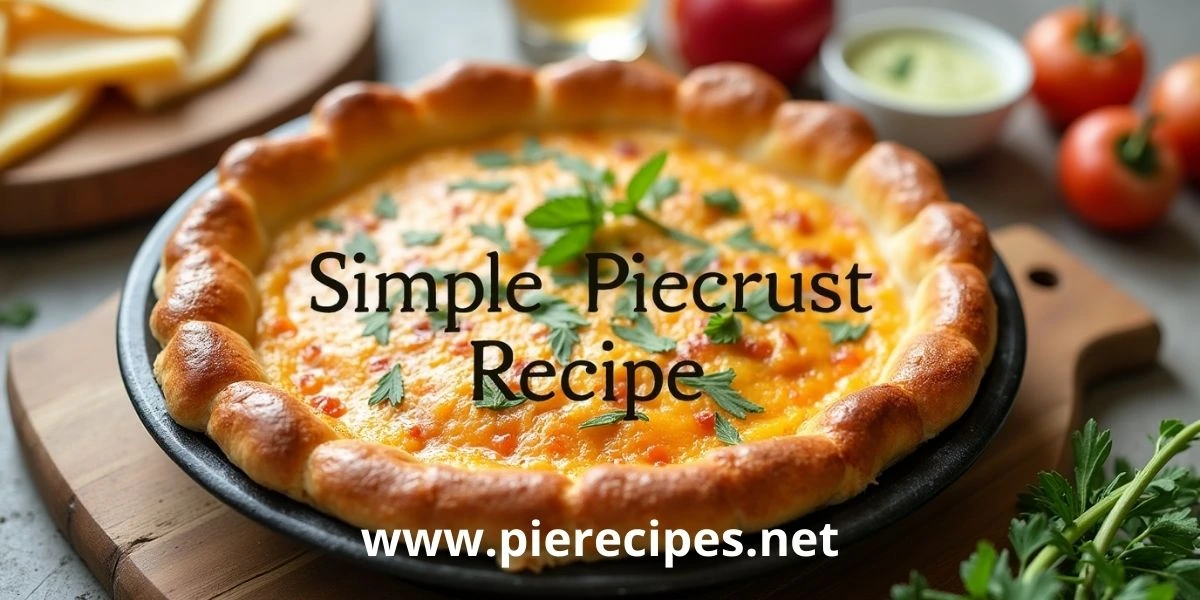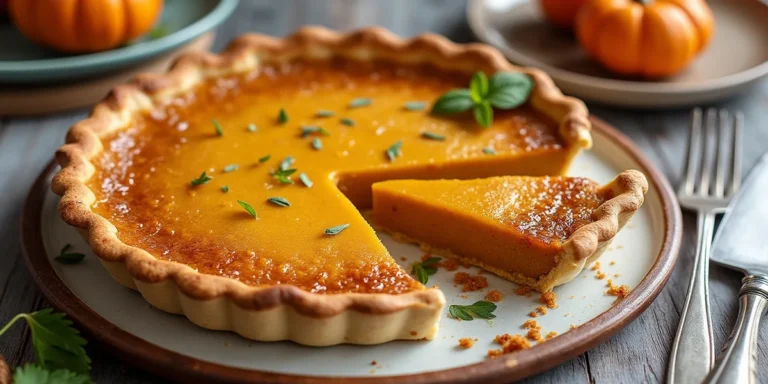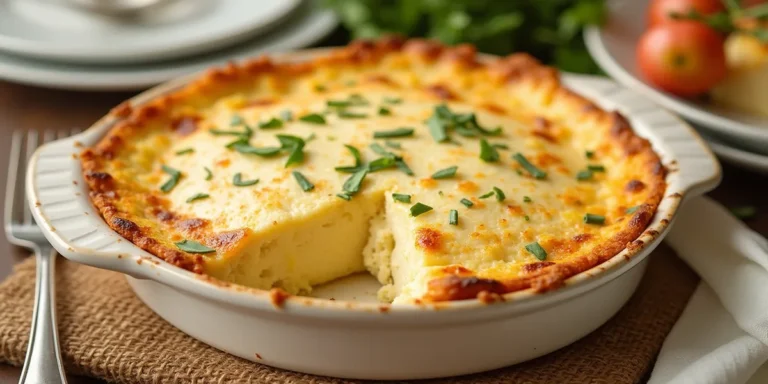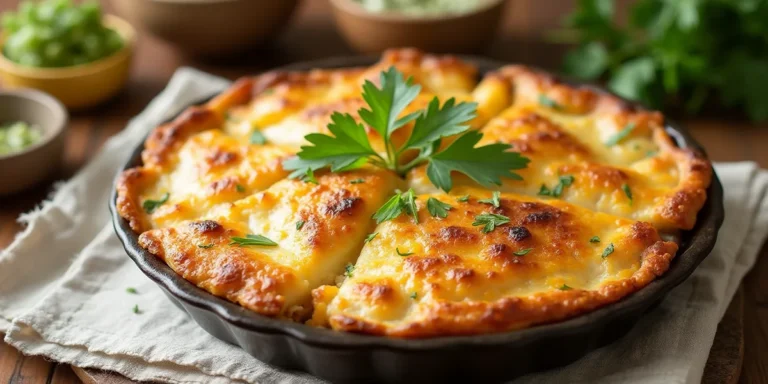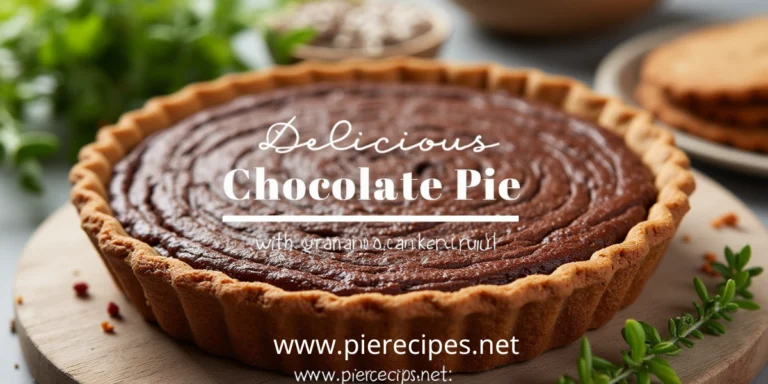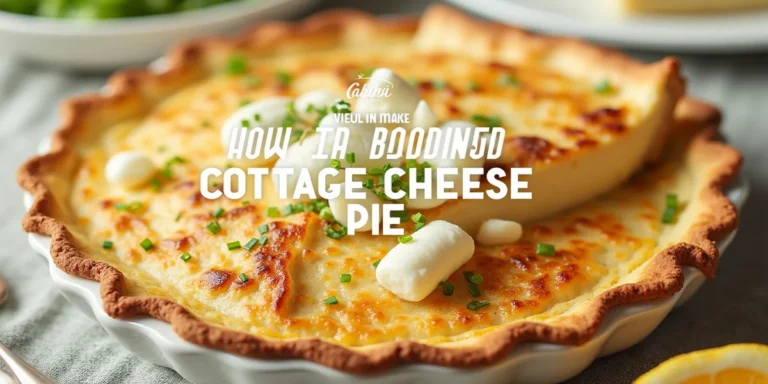5 Pie Crust Recipe with Shorten Tips for Flaky Perfection
Table of Contents
Welcome to our guide on making a delicious pie crust using Crisco. You’re about to learn how to make a flaky and tasty pie crust. Whether you’re new to baking or a seasoned pro, this guide will give you all the tips and tricks you need to make an incredible pie crust. You’ll learn how to make the perfect pie crust using Crisco.
Making a pie crust with Crisco is easier than you think. With the right ingredients and tools, you can create a pie crust that impresses everyone. In this article, we’ll cover the basics of pie crust making. We’ll also give you step-by-step instructions on how to prepare and bake your crust.
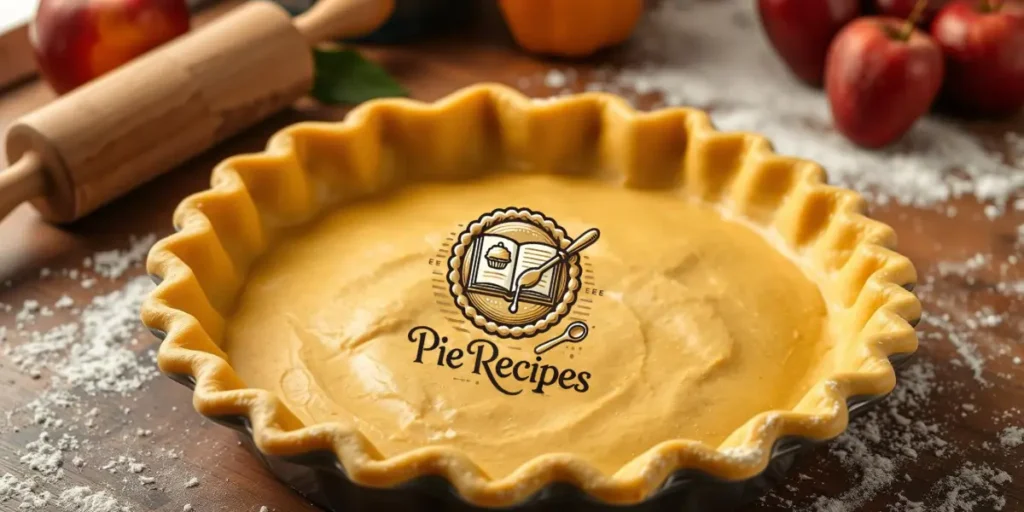
Introduction to Pie Crust Making
Remember, practice makes perfect when making a pie crust. If your initial tries don’t hit the mark, don’t sweat it—practice will have you crafting flawless crusts in no time. With time and practice, you’ll get better at making a delicious pie crust using Crisco shortening.
Key Takeaways
- Use Crisco shortening to make a flaky and tasty pie crust
- Choose the right ingredients for your pie crust recipe with shortening
- Invest in the necessary tools to make a perfect pie crust
- Follow step-by-step instructions to prepare and bake your crust
- Practice makes perfect when it comes to making a pie crust using Crisco
- Don’t be afraid to experiment with different pie crust recipes with shortening
Understanding the Magic of Crisco in Pie Crusts
Crisco is a favorite among bakers for making pie crusts. It’s known for creating a flaky and tender crust. But what makes Crisco so special?
Crisco is a vegetable oil-based shortening. It has a high smoke point, perfect for baking. It also has a neutral flavor, which won’t change the taste of your filling.
Why Shortening Makes Superior Crusts
Shortening, like Crisco, makes crusts better because it creates a flaky texture. Mixing it with flour and water makes a dough easy to roll out. It also keeps the gluten in the flour from making the crust tough.
The Science Behind Flaky Layers
The secret to flaky layers is how shortening works with flour and water. When mixed, the shortening coats the flour particles, preventing them from sticking. This results in a flaky and tender texture.
Crisco vs. Other Fats
Crisco is a top pick for pie crusts, but other fats like butter or lard are also good. They add a rich flavor but can be softer and melt easier. Crisco is more consistent and reliable, making it a favorite in many recipes.
Here are some benefits of using Crisco in your pie crust recipe:
- Easy to mix and roll out
- Creates a flaky and layered texture
- Has a neutral flavor that won’t affect the taste of your filling
- Is a consistent and reliable choice
By understanding Crisco’s magic, you can make a delicious pie crust. It’s perfect for both sweet pies like apple and savory dishes like quiches.
Essential Ingredients for Your Pie Crust Recipe with Shortening
To make a delicious piecrust, you’ll need a few key ingredients. The quality of these ingredients is crucial for your pie crust recipe with shortening. You’ll need all-purpose flour for structure and texture. Cold Crisco shortening is vital for a flaky and tender crust.
Ice-cold water is used to mix the dough. It’s important to use the right amount for the perfect consistency.
When measuring and mixing, precision is key.Remember these essential tips to elevate your crust-making game:
- A kitchen scale is your best friend for precise measurements, ensuring consistent, foolproof results.
- Keep your shortening cold, as this will help to create a flaky crust
- Incorporating icy water into your dough ensures the perfect texture while keeping it delightfully flaky
- Mix your ingredients just until they come together in a ball, being careful not to overmix
A good piecrust is all about the layers. Using the right ingredients and techniques can help you achieve this. By following these tips and using high-quality ingredients, you’ll make a delicious pie crust recipe with shortening that will impress.
| Ingredient | Quantity |
|---|---|
| All-purpose flour | 2 1/4 cups |
| Cold Crisco shortening | 1 cup |
| Ice-cold water | 1/4 cup |
Kitchen Tools You’ll Need for Perfect Pastry
To make a delicious pie crust using Crisco, you’ll need the right kitchen tools. Having a well-stocked kitchen is key. It helps you create a pie crust that looks professional.
Some must-have equipment includes a pastry blender, rolling pin, and pie dish. These tools make mixing, rolling, and shaping your pie crust easy. Also, a food processor and pastry brush can be very helpful, making your pie crust with Crisco even better.
Must-Have Equipment
- Pastry blender
- Rolling pin
- Pie dish
Optional but Helpful Tools
- Food processor
- Pastry brush
Investing in the right kitchen tools will help you make a delicious pie crust with shortening. It doesn’t matter if you’re using Crisco or another shortening. The right tools make a big difference in your crust’s quality.
| Tool | Description |
|---|---|
| Pastry blender | Used to mix and blend ingredients |
| Rolling pin | Used to roll out the pie crust |
| Pie dish | Used to bake the pie crust |
Measuring and Mixing Techniques
To make a tasty piecrust, you need to measure and mix your ingredients right. This step is key to a smooth, consistent dough. It’s the base of a fantastic best pie shell recipe.
Use a digital scale or measuring cups for accurate measurements. Keeping your ingredients cold is also crucial. This makes the crust flaky and tender. Refrigerate them for at least 30 minutes before mixing.
Here are some tips for mixing your ingredients correctly:
- Use a gentle mixing motion to combine your ingredients, avoiding overmixing.
- Keep your ingredients cold, as this will help to create a flaky and tender crust.
- Use a pastry blender or your fingers to work the fat into the flour, creating a crumbly mixture.
By following these tips and using the right techniques, you’ll make a delicious piecrust. It’s perfect for your favorite best pie shell recipe. Always keep your ingredients cold and mix them gently to avoid overmixing.
Step-by-Step Pie Crust Preparation Method
To make a delicious pie crust using Crisco, follow a few simple steps. First, mix your dry ingredients like flour, salt, and sugar in a large bowl. This mix is the base of your pie crust, so use the best ingredients.
Next, cut in the Crisco shortening with a pastry blender or your fingers.Handle your dough with care—gentle mixing is the key to maintaining a perfectly flaky texture.
Combining Dry Ingredients
In a large bowl, whisk together 2 cups of all-purpose flour, 1 teaspoon of salt, and 1 tablespoon of granulated sugar. This mix gives your pie crust structure and flavor.
Cutting in the Shortening
Add 1/2 cup of Crisco shortening to the dry ingredients. Gently work the shortening into the flour using a pastry blender or your fingertips to create a crumbly mixture. Be gentle to prevent a tough crust.
Adding Water and Forming Dough
Slowly add ice-cold water to the mix, stirring with a fork until it forms a ball. Don’t add too much water to avoid a soggy crust.
By following these steps, you can make a delicious pie crust with Crisco. Keep your ingredients cold and handle the dough gently for a flaky crust.
Rolling and Shaping Your Crust
To make a perfect piecrust, roll out your dough to the right thickness. This step is key to a delicious pie. Roll your dough evenly to about 1/8 inch thick—this consistency ensures a balanced and professional-looking crust.
Start by rolling out your pie crust with shortening on a lightly floured surface. Use a rolling pin to roll out the dough gently. Apply even pressure to avoid stretching or tearing the crust.
As you roll, use a gentle touch to prevent the crust from becoming too thin or uneven. You can also use a pastry mat or parchment paper for a uniform thickness. Once you’ve reached the right thickness, shape your crust into a perfect circle using a plate or pie dish.
Here are some tips to help you shape your crust:
- Use a gentle touch to avoid stretching or tearing the crust
- Apply even pressure to the rolling pin to achieve a uniform thickness
- Use a pastry mat or parchment paper to help you achieve a uniform thickness
After shaping your crust, transfer it to a pie dish and trim the edges for a decorative border. Use a knife or pastry trimmer to trim the edges. With these tips, you can create a beautiful and delicious piecrust that will impress your friends and family.
Common Mistakes and How to Avoid Them
Making a pie crust with Crisco can lead to common mistakes. These mistakes can ruin your pie shell. Awareness of common mistakes and how to sidestep them is essential for mastering the art of pie crust. Temperature control is very important for the crust’s texture and consistency.
Temperature problems can make the crust too soft or too hard. Keep your ingredients at room temperature. Also, don’t overwork the dough. Moisture issues can make the crust soggy or dry. Use the right water amount and mix the dough gently.
Texture problems are another common issue. For a flaky crust, use cold ingredients and mix gently.Steer clear of common pie crust pitfalls by following these expert-approved tips:
- Use cold Crisco and ice-cold water for a flaky texture
- Avoid overmixing to prevent a tough crust
- Use the right water amount for balanced moisture
By following these tips, you can make a delicious pie crust with Crisco. It will make your pies even better. Remember, practice makes perfect. Don’t get discouraged if it doesn’t work out at first. With time, you’ll get better at making the best pie shell.
| Mistake | Solution |
|---|---|
| Temperature control issues | Keep ingredients at room temperature |
| Moisture balance problems | Use the right amount of water and avoid overmixing |
| Texture troubles | Use cold ingredients and gentle mixing techniques |
Make-Ahead Tips and Storage Solutions
When making a piecrust, timing and storage are key. Save time by preparing your pie crust in advance—it’s a simple hack for stress-free baking. Planning ahead? Prepping your crust in advance is a time-saver that fits effortlessly into a hectic lifestyle.To freeze it, wrap it in plastic wrap or foil and put it in a freezer-safe bag.
To thaw your piecrust, you have a couple of options. You can thaw it in the fridge overnight or at room temperature for a few hours. Always handle your piecrust gently to keep it in good shape.
Freezing Instructions
- Preserve freshness by securely wrapping your pie dough in plastic wrap or foil before refrigerating or freezing.
- Place the wrapped piecrust in a freezer-safe bag
- Don’t forget to mark your storage bags with the date and description—it’s a simple step that saves confusion later.
Thawing Methods
To thaw your piecrust, you can use one of the following methods:
- Refrigerator thawing: Leave the piecrust in the refrigerator overnight
- Room temperature thawing: Leave the piecrust at room temperature for a few hours
By following these tips, you can enjoy your homemade piecrust whenever you want. With the right recipe, you’ll impress everyone with a delicious piecrust.
| Storage Method | Shelf Life |
|---|---|
| Freezer | Up to 3 months |
| Refrigerator | Up to 3 days |
Variations on the Classic Pie Crust Recipe
When making a pie crust with Crisco, you can try different flours for a unique taste and texture. Use whole wheat or gluten-free flour for special diets. This makes your pie crust more welcoming for everyone.
For a special touch, add herbs and spices to your dough. Elevate your pie crust with fresh, aromatic herbs like rosemary or thyme for an irresistible savory twist.
Spices like cinnamon or nutmeg add a sweet, warm taste. You can also mix in cheese or nuts for a savory or sweet crust.
Some ideas for changing up the classic pie crust recipe include:
- Using different types of flour, such as whole wheat or gluten-free.
- Incorporating herbs and spices, like thyme or cinnamon
- Adding cheese or nuts for a savory or sweet flavor
By trying these variations, you can make a pie crust with Crisco that suits your taste and needs. Whether it’s for a special event or a weekly treat, you can explore endless possibilities.
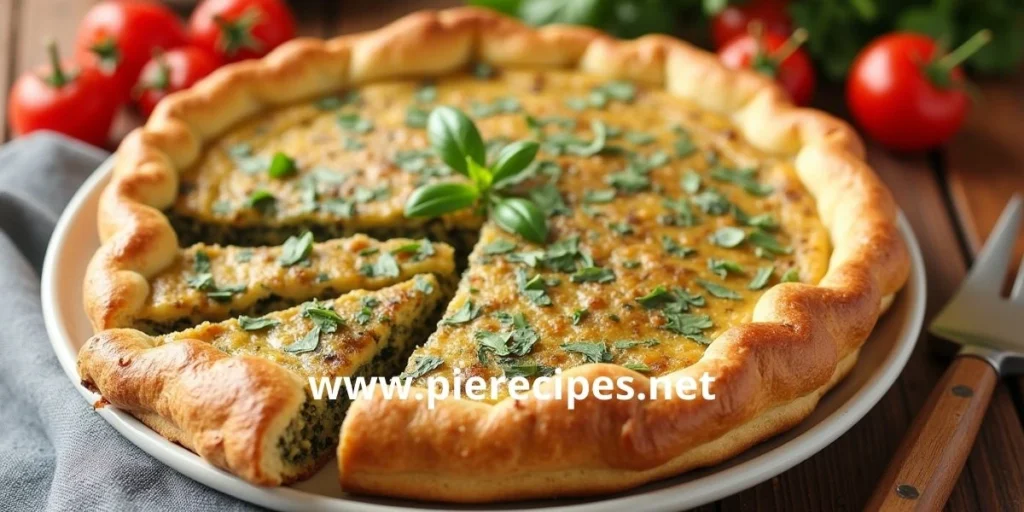
Remember, the key to making a great pie crust is to have fun and be creative. Don’t be afraid to try new ingredients and flavor combinations to create a unique and delicious pie crust using Crisco.
Decorative Edge Techniques
To make your piecrust look professional, learning decorative edge techniques is key. A well-made edge can turn your pie into a stunning centerpiece. You’ll need a pastry brush and knife to get started.
For a basic crimped edge, roll out your piecrust to the right thickness. Then, use your fingers or a fork to make a decorative border. This simple step can add elegance to your pie. For more advanced designs, try a braid or rosette pattern. These designs take practice but are worth it.
When looking for the best pie shell recipe, think about the edge you want. A flaky, tender crust is great for decorative edges. It keeps its shape well and doesn’t get misshapen when baked. A good recipe and the right techniques will make your pie a hit with everyone.
Basic Crimping Methods
- Roll out your piecrust to the desired thickness
- Add a personal touch to your pie with a charming border crafted using your fingers or the prongs of a fork.
- Experiment with different crimping patterns to find the one that works best for you
Advanced Design Options
For a more detailed design, try a braid or rosette pattern. These designs need practice but are worth it. With patience and practice, you can make a pie that looks like it was made by a pro.
| Technique | Description |
|---|---|
| Basic Crimping | A simple, yet elegant edge technique |
| Braid | A more intricate design that adds a touch of sophistication |
| Rosette | A beautiful, flower-like pattern that’s perfect for special occasions |
Blind Baking Your Crust
When making a pie crust using Crisco, blind baking is key. It’s also known as pre-baking. This method cooks the crust a bit before adding the filling. It stops the crust from getting soggy. You’ll need a pie crust recipe with shortening and follow some easy steps.
Blind baking makes the crust crisper and more even. First, heat your oven to 375°F (190°C). Cover the crust with parchment paper and add pie weights or beans. This keeps the crust from rising too much.
Here are some tips for blind baking:
- Choose a top-notch shortening, like Crisco, for a flaky crust
- Rest your dough in the fridge for a minimum of 30 minutes to lock in that flaky, buttery texture.
- Pre-bake your crust for 15–20 minutes until it’s perfectly golden and crisp, setting the stage for a flawless pie.
By following these steps and using a pie crust recipe with shortening, you’ll get a tasty, flaky crust. Always pick a high-quality shortening, like Crisco, for the best taste.
| Ingredient | Quantity |
|---|---|
| Crisco shortening | 1 cup |
| Flour | 2 cups |
| Water | 1/4 cup |
Conclusion: Mastering Your Homemade Pie Crust
Creating a perfect piecrust with Crisco is an art that needs practice and patience. By following the techniques we’ve shared, you’ll get better at making pie crust with shortening. This will make your baked goods truly special.
Understanding Crisco’s science is key to a great pie crust. It helps create a light, flaky texture. With each try, you’ll get more confident and skilled at handling the dough.
Don’t worry if your first pies aren’t perfect. The path to pie crust mastery is about learning from your mistakes. Keep trying, watch your temperature and moisture, and soon you’ll wow your loved ones with your homemade pies.
FAQ
Why is Crisco the best shortening for pie crust?
Crisco is a top pick for pie crusts because of its special qualities. It has a high melting point and makes the crust flaky. Its molecular structure also helps create flaky layers in the dough.
What are the essential ingredients for a pie crust recipe using shortening?
To make a pie crust with shortening, you need flour, cold Crisco, and ice-cold water. It’s important to measure and mix these ingredients right. This ensures a light and flaky crust.
What kitchen tools are necessary for making a perfect pie crust with Crisco?
You’ll need a pastry blender, rolling pin, and pie dish to make a pie crust with Crisco. A food processor and pastry brush are optional but helpful tools.
How do I avoid common mistakes when making a pie crust with Crisco?
To avoid mistakes, control the temperature and balance the moisture. Also, pay attention to the texture. Using the right techniques and ingredients can help you make a delicious, flaky crust.
Can I make a pie crust with Crisco in advance?
Yes, you can make a pie crust with Crisco ahead of time. Just freeze it and thaw it when you’re ready. But, make sure to follow the right freezing and thawing steps.
How do I create a decorative edge on my pie crust made with Crisco?
To decorate your pie crust, use basic crimping or more advanced designs like braids and rosettes. The right tools, like a pastry brush and knife, will help you get a uniform and appealing edge.
What is blind baking, and why is it important for a Crisco-based pie crust?
Blind baking is baking a pie crust partway before adding the filling. It’s key for Crisco crusts to avoid sogginess or bubbling. Use pie weights or beans to keep the crust from rising.

